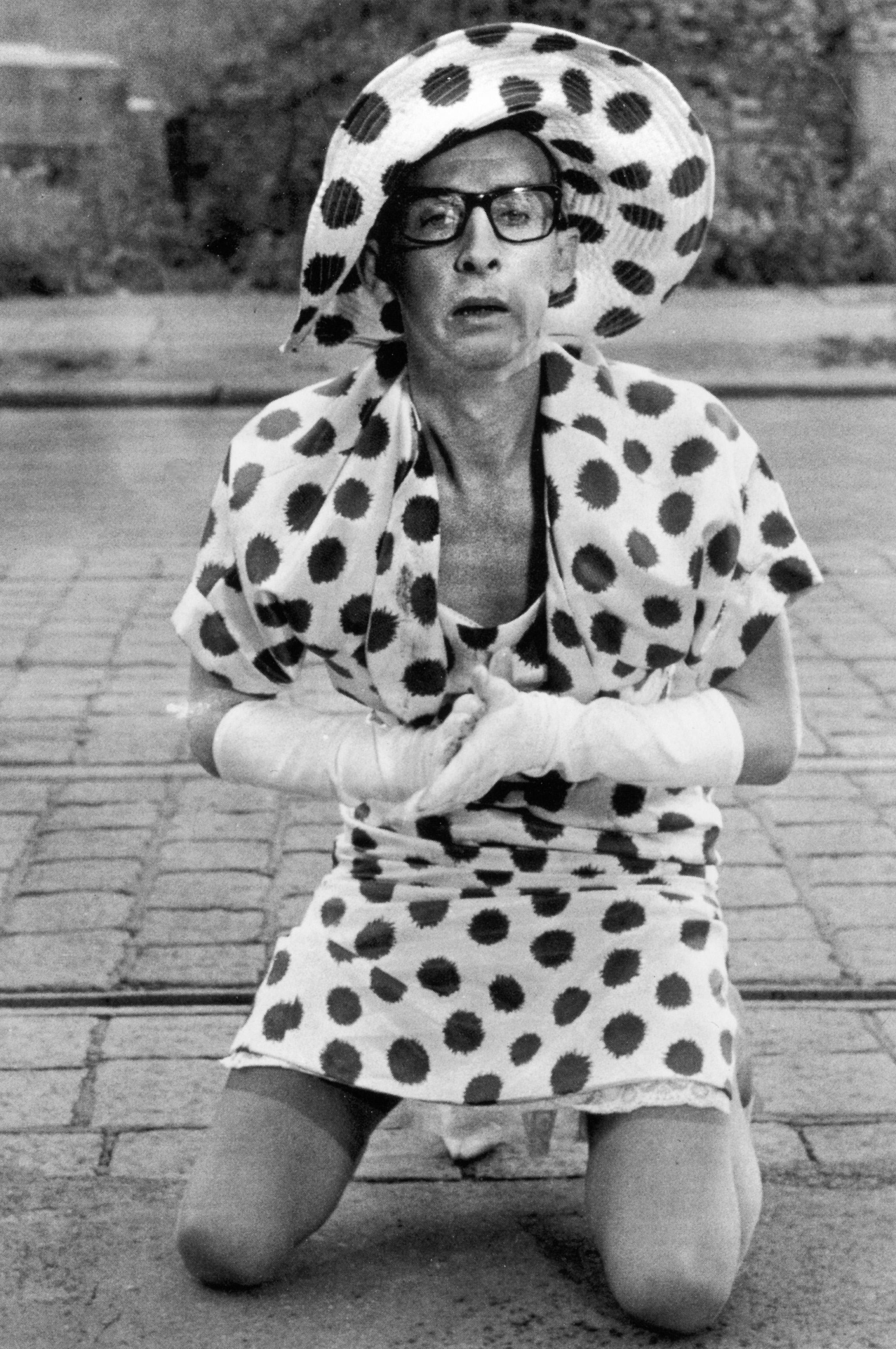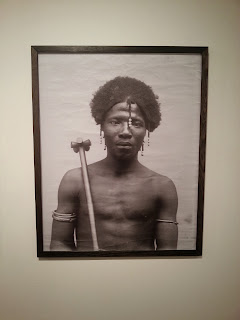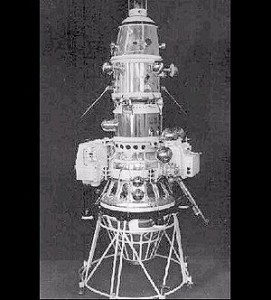The interesting fact of her works was that she did not just put any photos together, but the photos that show her memory and personal life story in New York. She had been working on the human cycle (birth to death) and also produced art works. Some had skeleton and brain in her photos and the screen what projector was shooting on the wall.
Her representation of history and memory including the life and death cycle of human helped me review what I learned in Desma class. It was the lecture of neuroscience and art. I posted a photo of human brain with a butterfly on the brain as you can see underneath this paragraph. It was the work by Suzanne Anker who worked with Giovanni Frazzetto and began their amazing "neuroculture project." On the fMRI scans, they put butterfly and it shows how a butterfly has an identical print on a brain. They gave a great opportunity on combining two different and separated topics together.
I searched her name and found her other works like public projects, early works, alphabet of bones and other unique visual art works. I think she is a great artist who could think of unusual and unique style of work that nobody did not touch. At first, her works were serious and scary, I found a really deep meaning because she has found another way, the way that no one tried as I mentioned. It is a true talent for her and I enjoyed the time spending inside of the small gallery room of recalling my memory. I wondered how I would try putting my earlier photos together and what photos I would choose if I was Joyce.















.jpg)















